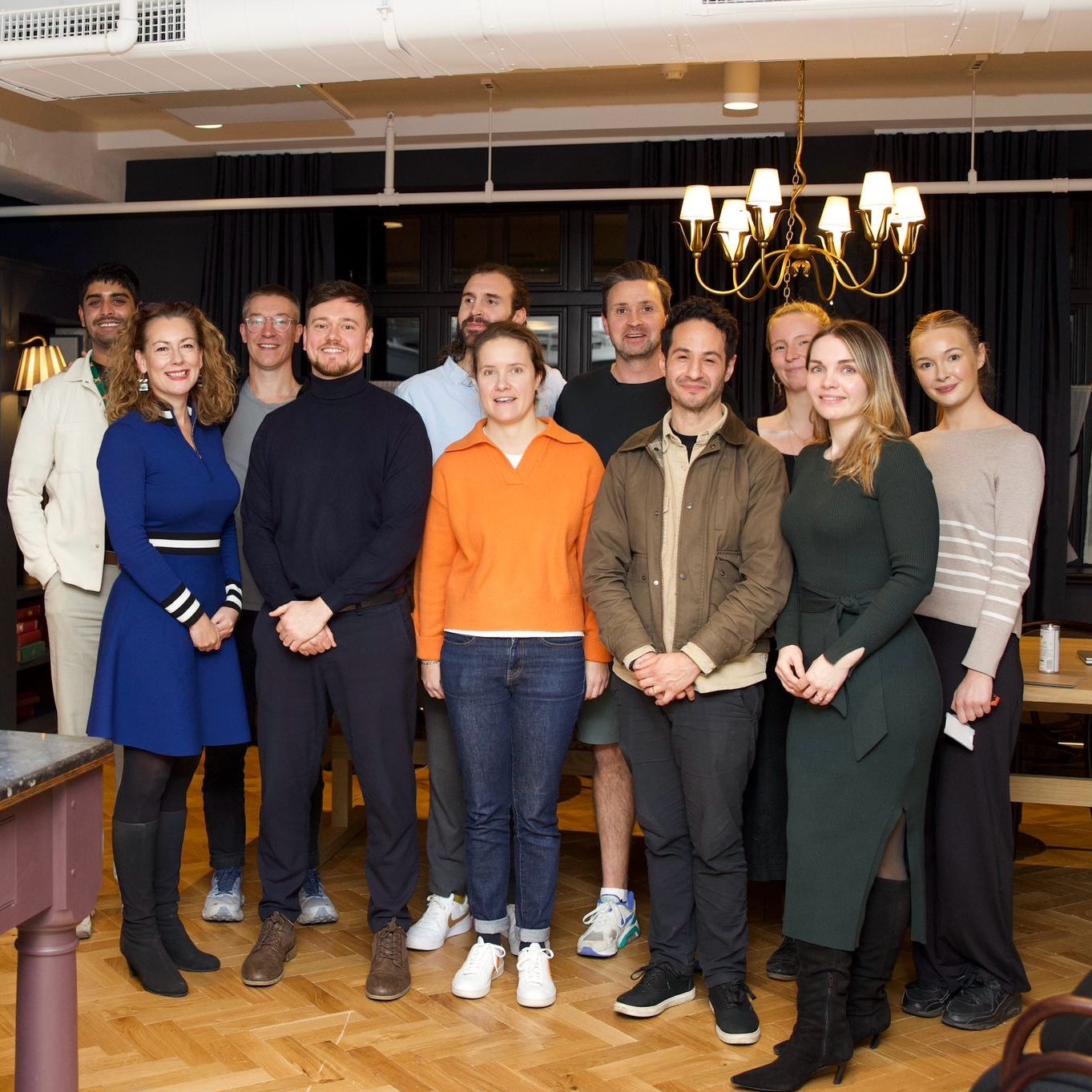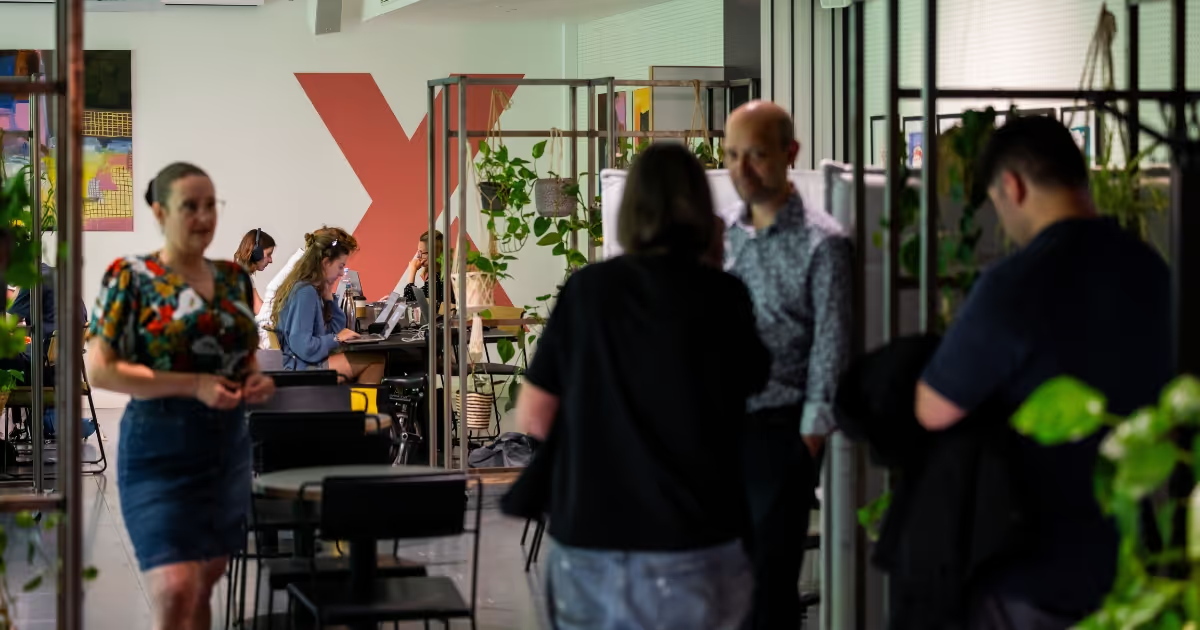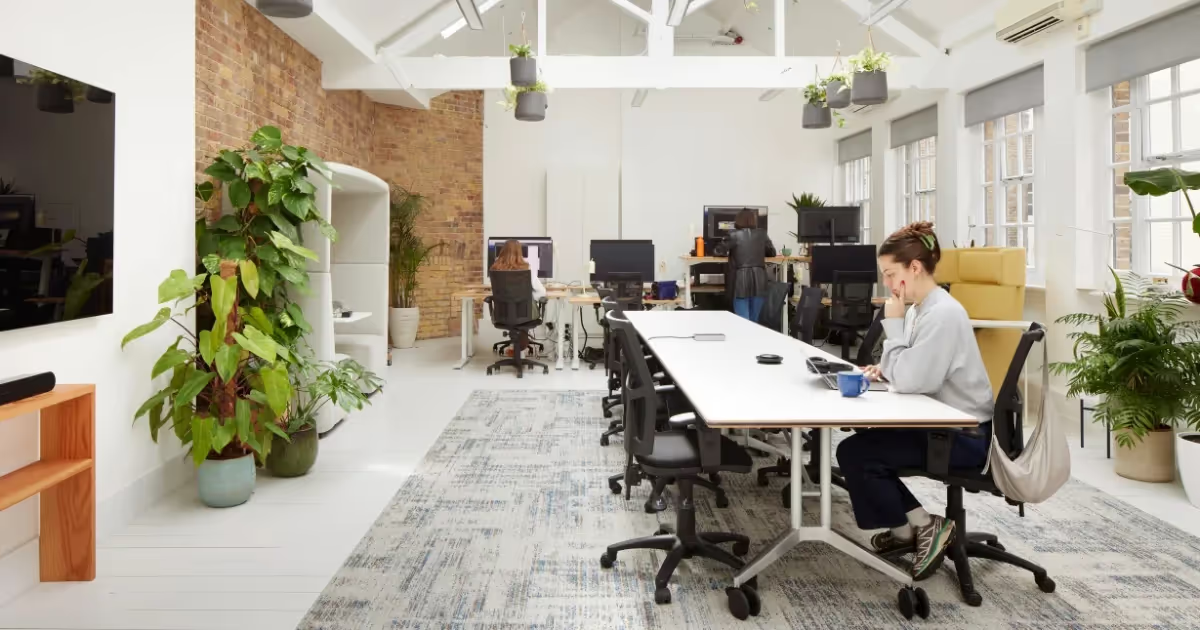Ray Kurzweil is credited with predicted a coming moment when technology would become so advanced that society would experience irreversible change. He predicted that by 2029, an Artificial Intelligence will pass a Turing test and achieve human levels of intelligence. Propelled by Moore’s Law, he thinks the “singularity” will arrive in 2045 when computers are one billion times smarter than humans. But is the point of no return already here, and what does this mean for the start-up landscape?
Ray Kurzweil is credited with predicted a coming moment when technology would become so advanced that society would experience irreversible change. He predicted that by 2029, an Artificial Intelligence will pass a Turing test and achieve human levels of intelligence. Propelled by Moore’s Law, he thinks the “singularity” will arrive in 2045 when computers are one billion times smarter than humans. But is the point of no return already here, and what does this mean for the start-up landscape?
{{divider}}
First We Shape Our Tools, Then Our Tools Shape Us
{{divider}}
The Oxford Dictionary defines the Singularity as “A hypothetical moment in time when artificial intelligence and other technologies have become so advanced that humanity undergoes a dramatic and irreversible change.” But if you remove artificial intelligence from the definition and focus on “dramatic and irreversible change,” the singularity is already here.
{{divider}}
It began during the Industrial Revolution, when mass-production kicked into high gear and initiated the largest wealth creation boom in human history. According to economist Brad DeLong, “World GDP per capita hovered around 90-200 from ancient times up through 1800, then jumped to 300 by 1850, 679 by 1900, and up to 6,539 by 2000.” The increases in GDP were paralleled by rising life expectancy, falling poverty rates, increased energy efficiency, war-making capacity, and the rise of democratic regimes.
{{divider}}
In the grand scheme of things, Singularities might be seen to happen almost overnight. Arguably, the one we currently inhabit began at the start of the industrial revolution. Technologies like literacy and commercial law laid the foundations for the Singularity, but the early industrialisation process began with an order of magnitude improvement in land transportation costs. Until then, moving goods and people over land was expensive.
{{divider}}
Before these improvements, it was impossible to cover such large distances on foot. Therefore economic growth was incredibly restricted and mostly local. Even in the early parts of the 20th century, Chinese villages which were only five miles apart spoke in radically different dialects. Development was largely stagnant as people were unable to trade large distances.
{{divider}}
The advent of horses, steam engines, and steam-powered railroads generated a series of wealth-creating inflection points. With all these improvements, humans relied on animals and machines instead of their own backs and biceps. Transportation costs are the primary constraint on the size of the market. As they fall, trade flows increase and enable the wealth-creating division of labor system first outlined by Adam Smith.
{{divider}}
Dramatic improvements in transportation efficiency brings compounding benefits. Specifically, falling transportation costs lead to increased innovation, and increased innovation leads to falling transportation costs, thereby initiating a virtuous cycle of increased trade and globalisation. The Industrial Age touched every aspect of the Western world. The forward process in quantifiable living standard kickstarted a Singularity, the evidence for which we see in the evolution of global markets, systems of governance, and the dizzying speed of technological advancement.
{{divider}}
Today we tend to focus on technology over transportation. Some define progress as “more technology,” but we often develop new technologies before we think about how they will impact us. Every problem has a solution but every solution creates more problems - and such is the nature of life. However we are now at the point where we essentially could not opt out of technology even if we tried. As Marshall McLuhan once said: “First we shape our tools. Then our tools shape us.”
{{divider}}
Start-up Singularity
{{divider}}
When it comes to start-ups, emerging technologies have a huge impact on business model innovation.
{{divider}}
In any given industry, a dominant business model tends to emerge over time. In the absence of market distortions, the model will reflect the most efficient way to allocate and organise resources. Once an industry is mature, most attempts to introduce a new business model fail. Occasionally one succeeds in overturning the dominant model, usually by leveraging a new technology. Therefore new technologies are the triggers for new business models.
{{divider}}
So what are some of the emerging technology trends that we might want to take note of? They include:
{{divider}}
Sensing And Mobility: 3D sensing cameras, AR cloud, light-cargo delivery and drones, flying autonomous vehicles
{{divider}}
Augmented Human: Biochips, personification, augmented intelligence, emotion AI, immersive workspaces, biotech
{{divider}}
Post-classical Compute and Comms: 5G, next generation memory, low earth orbit satellite systems, nanoscale 3D printing
{{divider}}
Digital Ecosystems: DigitalOps, knowledge graphs, synthetic data, decentralised web, decentralised autonomous organisations
{{divider}}
Advanced AI and Analytics: Adaptive machine learning, Edge AI, Edge analytics, Explainable AI, Transfer learning, Generative adversarial networks, graph analytics
{{divider}}
The keys to business model innovation include offering a more personalised product or service, adopting closed-loop processes to remanufacture and recycle, asset sharing such as with Uber or Airbnb, adopting usage-based pricing, creating a more collaborative (co-ordinated) ecosystem, and developing an agile and adaptive organisation.
{{divider}}
An activity in a focal firm’s business model can be viewed as the engagement of human, physical or capital resources of any party to the business model (the focal firm, end customers, vendors, etc.) to serve a specific purpose toward the fulfilment of the overall objective. An activity system is thus a set of interdependent organisational activities centred on a focal firm, including those conducted by the focal firm, its partners, vendors or customers. Therefore all the activities in your supply chain need to be deliberately designed, monitored and regulated.
{{divider}}
The purposeful weaving together of interdependent activities performed by the firm itself or by its suppliers, partners and/or customers - is the essence of the business model design. Activity system design describes how firms do business, and captures the essence of the business model. Questions about business model design can thus be framed as questions about activity systems.
{{divider}}
This is an exciting time for the startup ecosystem, one where we will see changes in the ways businesses operate and how this contributes to the structures of our societies at large. As a recently registered B Corp, companies such as x+why are already taking the first steps towards building the futures and economies we want to see tomorrow, today. Starting with baking purpose into every aspect of the value chain - and championing people, planet and progress in tandem.
{{divider}}

.avif)



.png)
.avif)


.avif)


.avif)
.avif)



